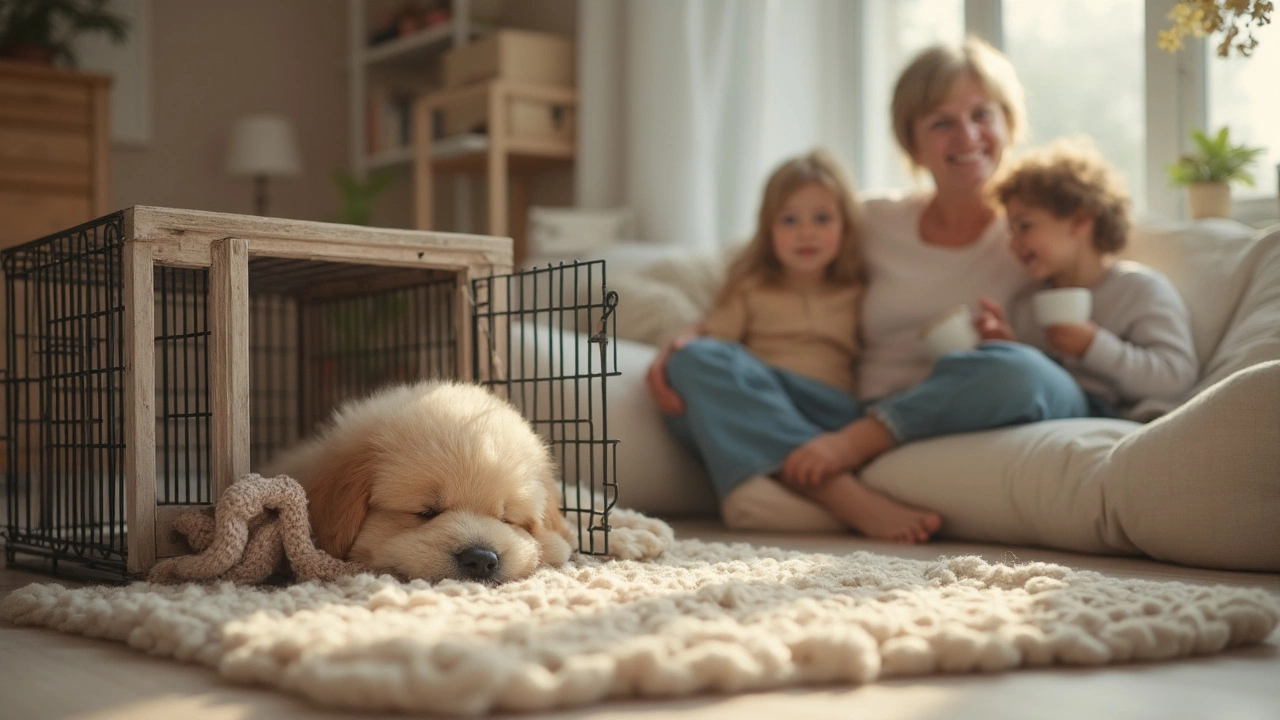Crate Safety: Essential Tips for a Happy, Secure Dog
If you’ve ever wondered whether a crate is a safe space or a prison, you’re not alone. Used the right way, a crate can be a cozy den, a training aid, and a travel buddy. Below are practical steps that turn a simple metal box into a stress‑free spot for your pup.
Choosing the Right Crate
First off, size matters. Your dog should be able to stand, turn around, and lie down without feeling cramped. Measure your dog from nose to tail and add a few inches – that’s the minimum interior length you need. If you’re between sizes, always go up.
Material is another factor. Wire crates are airy and easy to clean, while plastic crates feel den‑like and are great for car trips. For larger breeds, a heavy‑duty metal crate offers sturdiness. Whatever you pick, check that there are no sharp edges or loose parts that could poke or snag.
Look for crates with secure latches. Some cheap models have latches that pop open with a gentle tug – not ideal for a curious dog. A slide‑lock or double‑lock system adds an extra safety layer.
Setting Up and Using the Crate Safely
Place the crate in a calm, low‑traffic area of your home. A spot near the family’s activity zone works well because dogs are social animals, but avoid places with loud appliances or direct sunlight.
Add a soft blanket or a piece of your shirt. Your scent makes the crate feel familiar, and a comfy surface prevents sore joints. Keep toys and chew items inside only if they’re safe and won’t get swallowed.
Never use the crate as punishment. If a dog associates the crate with fear, they’ll avoid it and the training backfires. Instead, make entry rewarding: toss a treat in, open the door, and praise the dog when they go inside.
When you’re potty training, the crate becomes a schedule aid. Dogs naturally avoid soiling where they sleep, so a properly sized crate can help limit accidents. Start with short periods – five to ten minutes – and gradually lengthen the time as the pup gets the hang of it. The post “How Long Does It Take to Potty Train a Puppy?” explains the timing in detail, and you can apply the same steps here.
Never leave a crate unattended for long periods. An adult dog can stay comfortable for 4‑6 hours, but puppies need more frequent breaks. If you need to be out for a day, arrange a dog‑sitter or a safe room with a larger pen.
Travel safety is a quick win for crate owners. When flying or driving, the crate should be secured with a seat belt or strap. Check airline policies ahead of time – a well‑ventilated crate that meets size limits makes the journey smoother for you and your pet.
Finally, inspect the crate regularly. Look for rust, broken latches, or worn pads. Replace any damaged parts before they cause an injury.
By following these simple steps, you’ll give your dog a crate that feels safe, comfy, and useful. Whether it’s for training, travel, or just a quiet spot to nap, a well‑chosen and properly set‑up crate is a win‑win for both you and your furry friend.
Posted By Bryndle Redding On 14 Jun 2025 Comments (0)
Should I Shut the Crate Door When My Puppy Naps? Practical Guidance for Puppy Owners
Wondering if you should close the crate door when your puppy is napping? This article breaks down the pros and cons of keeping the crate door closed or open during naps. You'll find clear tips for making crate time a positive experience, practical safety advice, and what to watch for to make sure your puppy feels secure. Learn how to spot signs of discomfort and help your puppy feel at ease with crate time. Know exactly when and why to close (or leave open) that crate door for the best rest—for you and your pup.
READ MORE